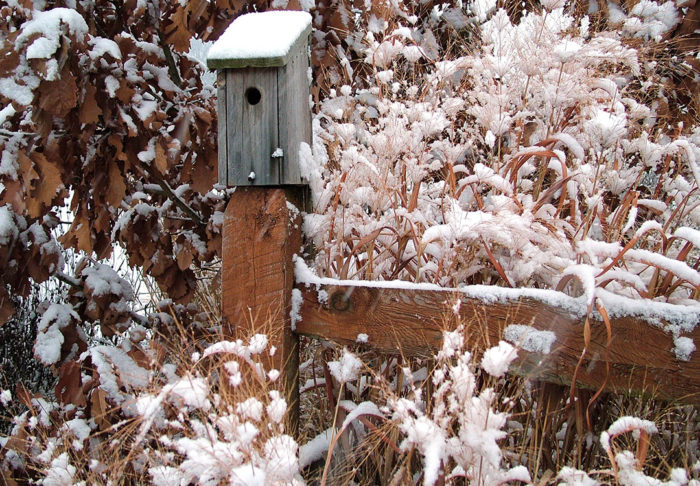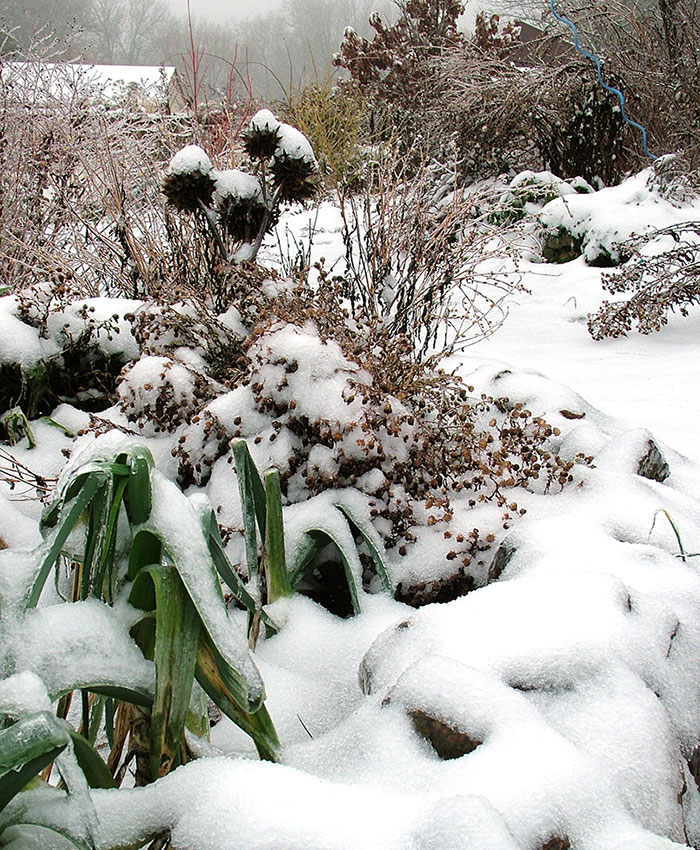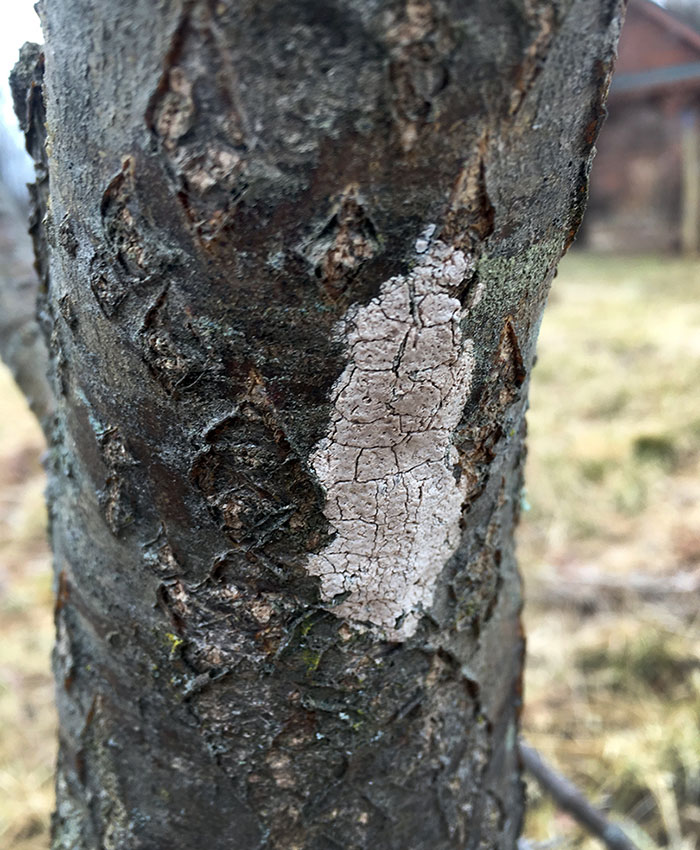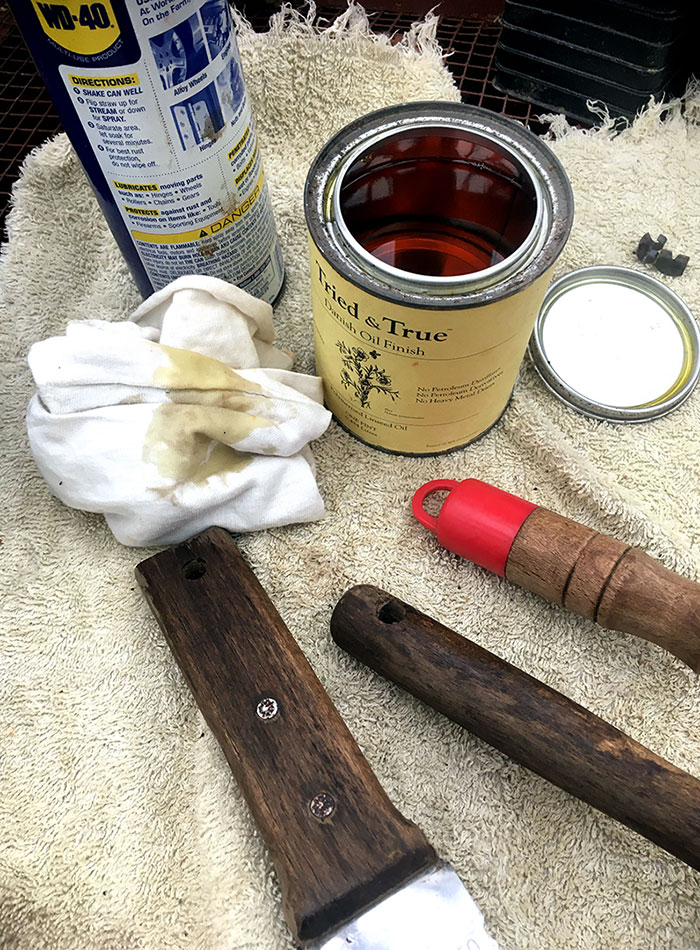
With the busy holiday season over, there’s time to start thinking about gardening again. Though midwinter in the Mid-Atlantic limits our outdoor activities, there are a few gentle tasks to accomplish while we’re waiting to get growing again.

Give your birds a drink. Birds that spend the winter in our area need water as well as food. Invest in a heated birdbath, and be sure to keep it filled. Or use a sturdy, weatherproof container, such as a heavy-duty plastic saucer. Dump out the ice each morning, and replace it with warm water to keep your feathered friends well hydrated.

Watch for frost heave. Repeated periods of freezing and thawing cause soil to shift and can damage shallow or delicate roots, even pushing them above ground level and exposing them to colder temperatures and drying sun and wind. If there’s no snow cover, walk around once a week or so to check on fall-planted perennials (woodies, in particular), and cover any exposed roots with mulch until you can reset the root ball properly in spring.

Go on pest patrol. While you’re outside, check for spotted lanternfly (Lycorma delicatula) egg masses. Look for the putty-colored splotches on tree trunks, fences, trellises, garden furniture, pots, rocks, wheelbarrows, and other equipment that stays outdoors. Take a close look at the outside of your house and outbuildings too. Smash any masses that you find, or scrape them into a container of rubbing alcohol or hand sanitizer, and then seal it and discard it.

Treat your tools to a spa day. January is a great time to give all of your gardening tools some attention. I promise you’ll feel it was worth an hour or two of your time when you have clean, sharp tools ready to use in spring! Clean off any clinging soil, remove rust spots on metal parts, and sharpen the blades of pruning and digging tools. Protect all metal parts with a light coating of vegetable oil or a multipurpose spray lubricant, and give wooden parts an appropriate protective coating too. Since you’ll be handling your tools often, and probably around edible crops, it’s a good idea to use a skin- and food-safe material to treat their handles. Check labels to find a product with those qualities, such as Tried & True Danish Oil or Howard Butcher Block Conditioner. Or try coconut oil if you have some on hand.

Get an early start on seeds. It’s too soon to plant most seeds that need warmth to germinate, but it’s a perfect time to sow perennials and woody plants that benefit from cold or alternating temperatures. Sowing in early January gives enough of a cold period for practically all seeds that need one, such as blazing stars (Liatris spp. and cvs., Zones 3–9), and the freezing-and-thawing periods common during our Mid-Atlantic winters benefit seeds with tough seed coats, such as false indigos (Baptisia spp. and cvs., Zones 3–9). Sow in pots, then set them in an unheated shed or outdoors, in a spot where they will be protected from mice. (An old fish tank or plastic box with a screen on top works well.) Water the pots occasionally if the weather has been dry for a while or if they’re not exposed to rain and snow; make sure they’re not sitting in water, though.
—Nancy J. Ondra is the author of over fifteen books, including Grasses, The Perennial Care Manual, and The Perennial Matchmaker.


















Comments
Log in or create an account to post a comment.
Sign up Log in